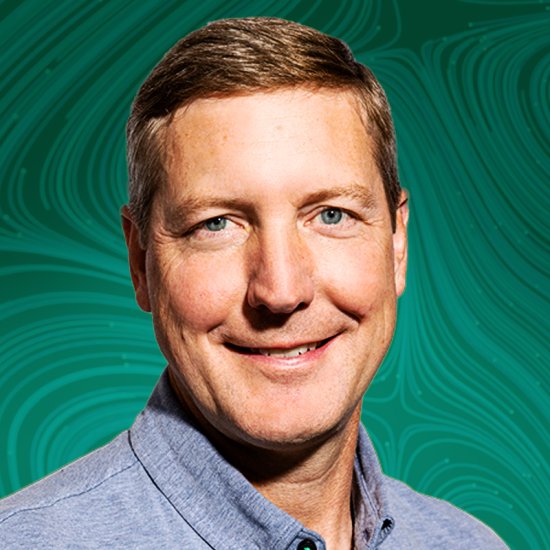
During the decade Trent Green spent as an executive at Legacy Health, he saw firsthand how often primary care was undervalued. “We thought of it as a feeder to other services” rather than important in its own right, he admits.
Now, as the CEO of One Medical, primary care is the only service Green thinks about. Since it launched in 2007, the company has sought to transform primary care with a model that turns it from an afterthought to a cornerstone of medicine—and one that is efficient and pleasant for its 800,000 members (as of 2022), who pay $199 a year for perks including same- and next-day in-person appointments and 24/7 virtual care through the company’s app. (Contrast that with the nearly monthlong wait most U.S. patients face to see a new primary-care provider, often for an appointment that lasts mere minutes.) While startups like One Medical have been criticized for their members-only models that exclude people without the disposable income to get in, they serve as a “health care home base,” as Green puts it, for those with the cash and tech savvy to use them.
Green, who took over as CEO shortly after One Medical was acquired by Amazon for $4 billion last year, says his next priority is further integrating the two companies, such as by combining One Medical’s primary care with Amazon’s low-cost, fast-delivery online pharmacy service. Expanding to new parts of the country is also on the docket, since One Medical’s physical clinics currently serve only 20 predominantly coastal, urban areas, including New York City, San Francisco, and Washington, D.C. In the future, Green says, patients in more rural areas may be able to complement One Medical’s telehealth services with in-person care from local providers partnering with the company.